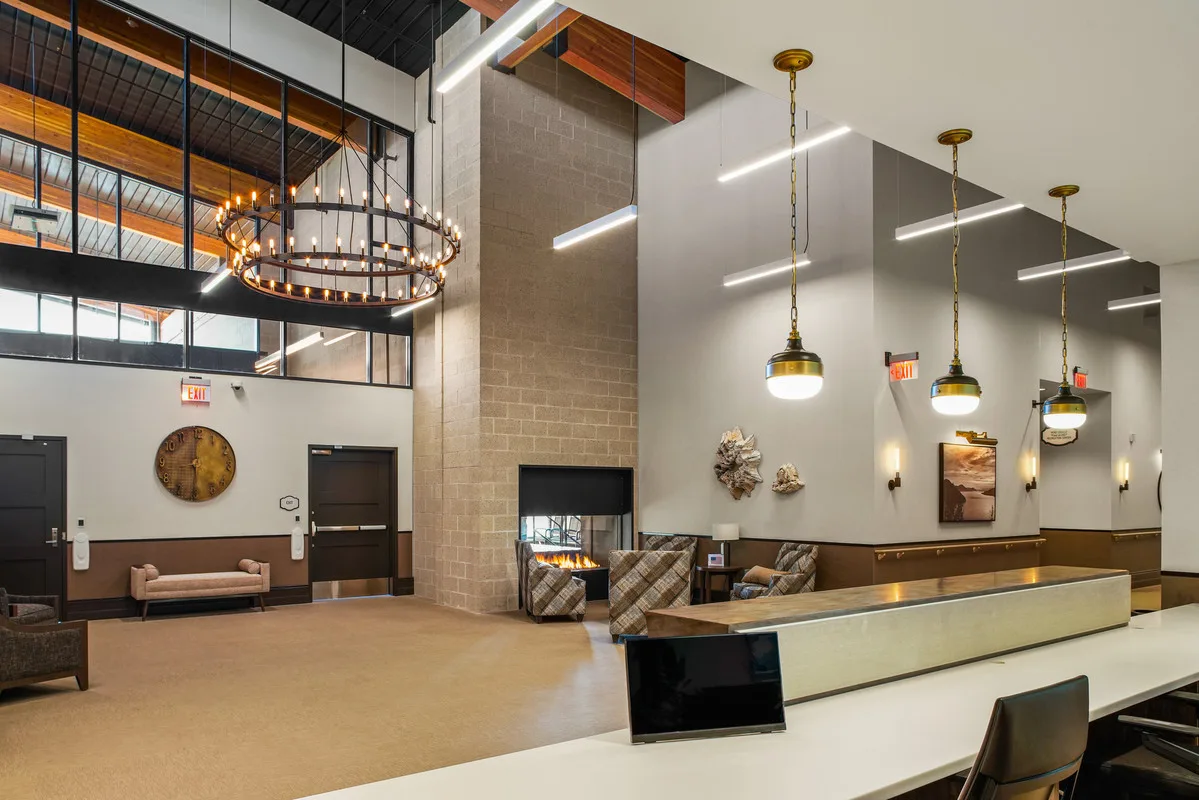Extra Mile: Operational Efficiency
As we look at thriving leaders like Tesla, Lyft, Amazon or Apple, we are challenged to translate their disruptions into life care environments. The sustainability and responsibility of Tesla; the redefinition of an industry like Uber and Lyft; the adaptability and immediacy of Amazon; or clean design from Apple that demands a higher price based solely on ease of operability draw conclusions that can be adopted almost immediately, but what else? How can we look further and be early influencers in how the next generations will evangelize your stories? Of course, architecture cannot pretend to solve all of your day-to-day challenges, but we can use some innovative thinking mixed with lessons learned, and carefully gathered resources to put you on a trajectory that will not only attract discerning residents, but strengthen your operational and financial position in the process by paying attention to your: staff and productivity; budgeting and work hours; energy consumption; and FTE’s Although each community is unique and has its own specific operations, there are several common items that we strive to optimize during our design process. These include: Minimizing travel distances for residents and staff to each program area Improving sight lines from key staff areas to resident activity areas for safety and peace of mind Optimizing location of central support areas (i.e.: kitchen, facility support areas) and their connectivity to the areas they support (i.e.: dining venues, resident activity areas)

